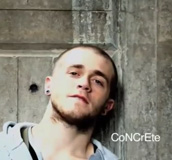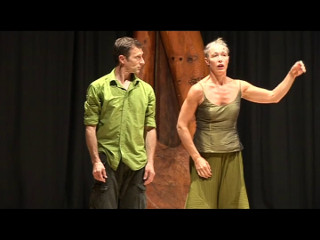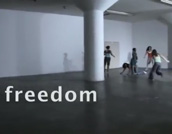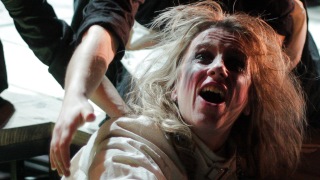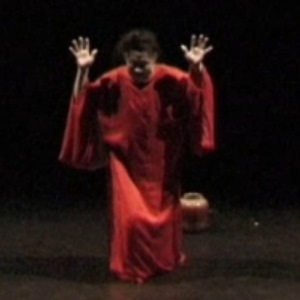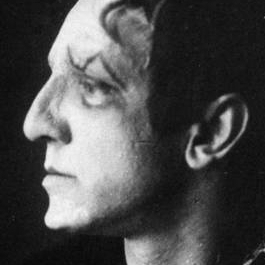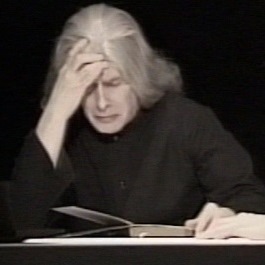The term ‘expressionism’ initially described a radical style of visual art that aimed to express emotion non-naturalistically, in violent protest against the perceived bourgeois repression of naturalism. It is exemplified in Edvard Munch’s well-known lithograph The Scream (1893), but is practised across a range of art forms. Expressionism’s roots stretch back to the nineteenth century and the advent of psychoanalysis, with its interests in people’s emotional life and in dreams. Theatrical expressionism begins with the work of playwrights such as Frank Wedekind and August Strindberg, but it was especially prevalent in Germany from about 1907 to the early 1920s, largely in response to the First World War and its aftermath. Expressionist plays by such writers as Oscar Kokoschka, Ernst Toller and Georg Kaiser are polemical but highly poetic. Often violent, the plays are concerned with human conflict, challenge taboos and adopt the associative and highly visual qualities of dreams. Expressionist acting developed a complementary declamatory, intensely physically committed style featuring actors with haunted, emaciated physiognomies; action that was spare and often allegorical; and the intention to move its audience to ecstasy through empathy with the protagonist. Other aspects of expressionist theatre, most notably its scenography and lighting, were also revolutionary, using strong lighting and colours, stark contrast and asymmetry. A good extant visual example of expressionism’s early performance and scenographic styles is Robert Wiene’s 1919 film The Cabinet of Dr Caligari, with its intensely energised performances and sinister angular, disproportionate sets.
Despite the relatively brief life of a wholly expressionist theatre, many aspects of theatrical expressionism have persisted. Beyond Germany, expressionist playwrights include Eugene O’Neill, Sophie Treadwell and Sean O’Casey. Similarly, choreographers Mary Wigman and, later, Pina Bausch and Butoh practitioners have all explored emotional material through performance in ways that expressionism pioneered and legitimated. From the RCTP
Image: Photograph © Brian Nguyen

